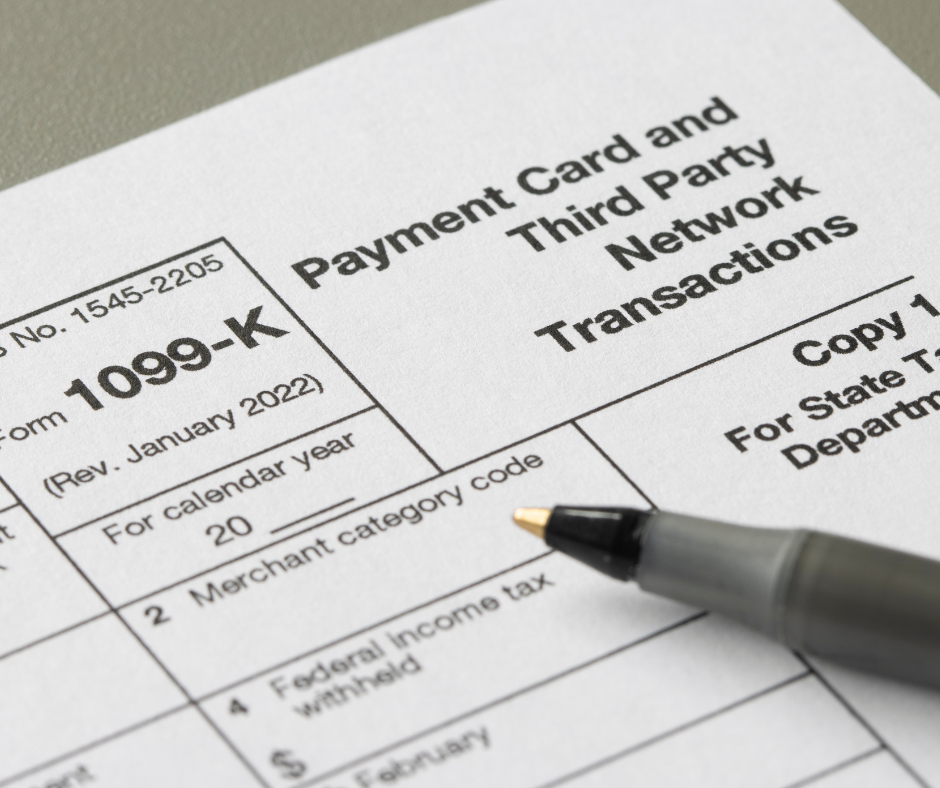Essential Steps for Handling EVERY Rental Application: A Tenant Screening Guide
Think of the cash flow from your rental property as water flowing through a pipe. Each leak in the pipe means losing money. After acquiring a property, your returns depend on minimizing these leaks. So, how can you boost ROI and cash flow while reducing losses? The key lies in securing dependable tenants who pay consistently and maintain your property well, ensuring a steady flow of cash. Tenant screening stands out as the pivotal activity for landlords, safeguarding their returns and profits. Contrary to common belief, predicting good renters is achievable with remarkable accuracy. Here's what every landlord should understand about tenant screening, rental applications, and maintaining high-quality tenants.
Step 1: Gather Rental Applications & Spot Red Flags
Begin by collecting a rental application from each applicant aged 18 and above. Scrutinize the details carefully. Do they have pets? If yes, are they compatible with your policies? How many occupants are they planning to accommodate? More occupants often imply increased wear and tear and potential discomfort. Additionally, assess their housing and job history for stability and reliability.
Step 2: Conduct Tenant Screening Assessments
Upon receiving rental applications, initiate tenant screening procedures. Evaluate every individual over 18 who will spend more than five nights monthly on your property. Luckily, you can have the applicant cover the costs. Essential reports to obtain include a comprehensive credit report, nationwide criminal background check, and nationwide eviction report. The eviction history report is particularly crucial, offering insights into lease compliance. Avoid renters with eviction records, major credit issues, or problematic criminal histories.
Step 3: Engage with the Applicant's Employer
Reach out to the applicant's direct supervisor to gauge their reliability and responsibility. Assess whether they exhibit punctuality and accountability at work. Additionally, contact the HR department to verify income consistency and accuracy in the application. Dishonesty, regardless of scale, should raise concerns and possibly lead to rejection.
Step 4: Communicate with Current & Previous Landlords
Current and former landlords serve as valuable resources for evaluating applicants' tenancy behaviors. Inquire about their payment punctuality, property maintenance habits, and communication tendencies. Pay attention to any hesitancy or reluctance in responses, which could indicate issues. Contacting former landlords for recent insights is advisable.
Step 5: Inspect the Applicant's Current Residence
Arrange to visit the applicant's current residence with short notice to observe their living conditions authentically. Pay particular attention to cleanliness levels, especially in key areas like the kitchen and bathrooms. A lack of cleanliness may signal potential neglect or disrespect towards your property.
Fair Housing & Other Considerations
Maintain awareness of Fair Housing laws to ensure fair and equal treatment of all applicants. Consistency in policy implementation is crucial, avoiding discrimination based on race, ethnicity, or familial status. By conducting thorough tenant screening for every applicant, you establish concrete reasoning for your selection decisions, reducing the risk of discrimination claims.
Ultimately, securing stable, reliable tenants is paramount for sustained rental profits. By establishing a dependable pipeline of renters who pay promptly and maintain your property, you can ensure a continuous flow of returns without leaks.
Share this post















